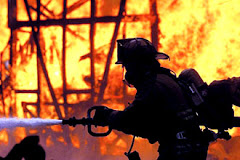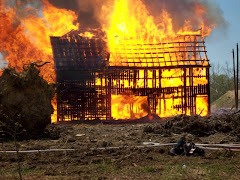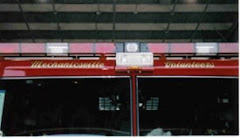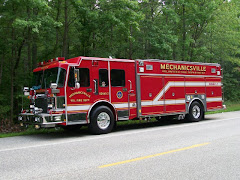Self-preservation is critical. The basic technique firefighters use is to know where they are, and to avoid hazards. Current standards in the United States recommend that firefighters work in teams, using a "two-in, two-out" rule whenever in an IDLH (Immediately Dangerous to Life or Health) environment.
Tools are generally carried at all times and are important for not only forcible entry but also for self rescue. A Self Contained Breathing Apparatus (SCBA) delivers air to the firefighter through a full face mask and is worn to protect against smoke inhalation, toxic fumes, and super heated gasses. A special device called a Personal Alert Safety System (PASS) is commonly worn independently or as a part of the SCBA to alert others when a firefighter stops moving for a specified period of time or manually operates the device. The PASS device sounds an alarm that can assist another firefighter (Firefighter Assist and Search Team), in locating the firefighter in distress.
Firefighters often carry personal self rescue ropes. The ropes are generally 30 feet long and can provide a firefighter (that has enough time to deploy the rope) a partially controlled exit out an elevated window. Lack of a personal rescue rope is cited in the deaths of two New York City Firefighters, Lt. John Bellew and Lt. Curtis Meyran, who died after they jumped from a fourth floor of a burning apartment building in the Bronx. Of the four firefighters who jumped and survived only one of them had a self rescue rope. Since the incident the Fire Department of New York City has issued self rescue ropes to their firefighters.
Next up: Occupational Health and Safety
wikipedia.org
Thursday, August 9, 2007
Subscribe to:
Post Comments (Atom)
















No comments:
Post a Comment